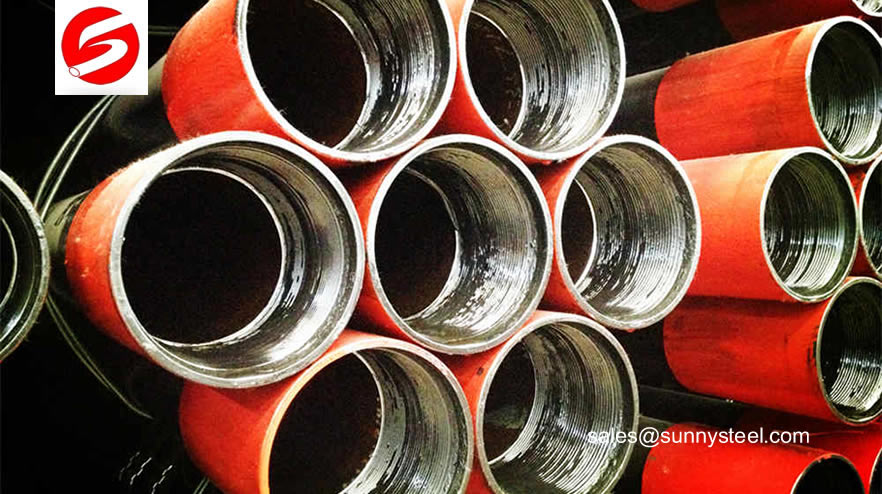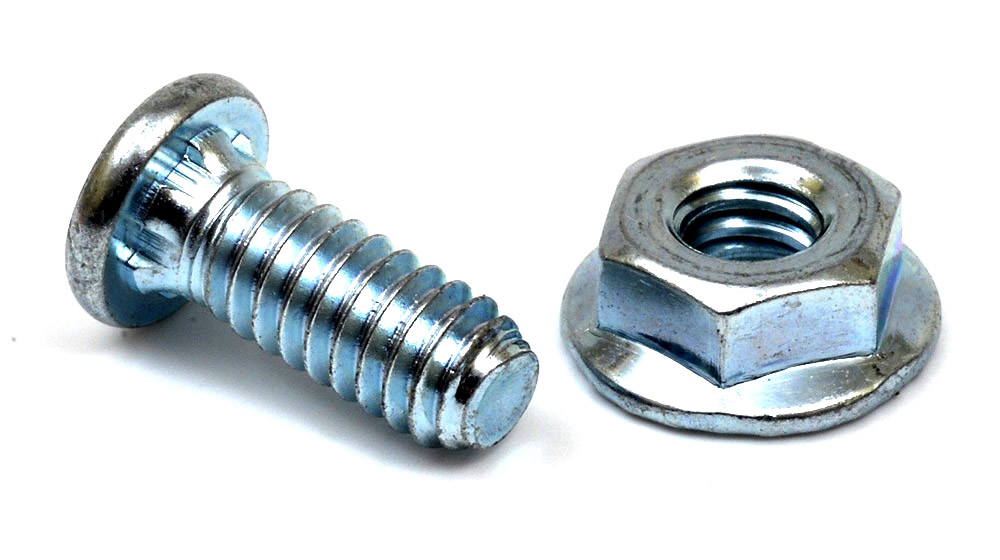Malleable fitting are the fitting has the property of malleability.
This is a physical property of metals and metalloids, or any kind of matter. We call a metal malleable when it can easily be deformed, especially by hammering or rolling, without cracking the metal.
We are manufacturer of Malleable Iron Pipe Fittings and supply high quality Malleable Iron Pipe Fittings in both large and small quantities worldwide and offer you the best prices in the market.
Malleable Iron Pipe Fittings(Forged High Pressure Pipe Fittings)
Our products are famous for the perfect finish, excellent resistance to wear, accurate fit and long trouble-free life.
They can be divided into three standards:
American standard:
- Materials: ANSI/ASME A197-79
- Dimensions:ANSI/ASME B16.3-85
- Threads: ANSI/ASME B1.20.1
DIN Standard:
- Materials: DIN1692
- Dimensions:DIN2950
- Threads: DIN2999
- British Standard:
- Materials: ISO 5922
- Dimensions: ISO 49
- Threads: ISO 7/1
Electric Galvanized Malleable Iron Pipe Fittings
- Standard: American, DIN, British
- Material: ANSI/ASME A197-79, DIN1692, ISO 5922
- Dimensions: ANSI/ASME B16.3-85, DiN 2950, ISO 49
- Threads: ANSI/ASME B 1.20.1, DIN 2999, ISO 7/1
Malleable Cast Iron Pipe Fittings (DIN EN std 150#)
We manufacture over 600 dimension types of fittings (from ¼” to 4″)
that can have black or galvanized surface.
- Malleable iron pipe fittings with DIN threads, Hot dipped galvanized and black finished.
- Material: ASTM A197, ASTM A47;
- Dimensions: ISO 49, DIN EN 10242;
- Threads: ISO 7/1
- Size Available: 1/8"-6"
Malleable Iron Pipe Fittings Description of The Items Sizes:1/4"-6"
| Fig No. | Name |
|---|---|
| 1090 | Elbows 90,plain,equal |
| 90 | Elbows 90,banded,equal |
| 92 | Street,Elbows90,banded,equal |
| 1120 | Elbows 45,plain |
| 120 | Elbows 45,banded |
| 121 | Steet Elbows 45,banded,equal |
| 1130 | Tees, plain,equal |
| 130 | Tees, banded,equal |
| 1180 | Crosses,plain,equal |
| 180 | Crosses,banded,equal |
| 1221 | Side Outlet Elbows,plain |
| 1223 | Side Outlet Elbows,banded |
| 1220 | Sockets(Coupling),plain,with ribs |
| 220 | Sockets(Coupling),banded,with ribs |
| 1270 | Sockets(Coupling),plain,parallel threads,with ribs |
| 270 | Sockets(Coupling),banded,parallel threads,with ribs |
| 330 | Unions,flat seat,without gasket |
| 340 | Unions,conical joint,iron to iron seat |
| 342 | Unions,conical joint,brass to iron seat |
| 291.290 | Plugs |
| 300.301 | Caps |
| 529.529A | Extension pieces |
| 280 | Hexagon Nipples equal |
| 321 | Round Flanges,light pattern,without bolt hole |
| 310 | Lock Nuts or Back Nuts |
| 1 | Bends 90,male & female,banded |
| 2 | Bends 90,female,banded |
| 1090R | Elbows 90,plain,reducing |
| 90R | Elbows 90,banded,reducing |
| 1130R | Tees, plain,reducing |
| 130R | Tees, banded,reducing |
| 1240 | Reducing Sockets(Reducers),plain,with ribs |
| 240 | Reducing Sockets(Reducers),banded,with ribs |
| 241 | Hexagon Bushings |
| 245 | Hexagon Nipples reducing |
Differences Between Malleable Iron & Cast Iron
Although they both contain iron, there is a major difference between malleable iron and cast iron. The main difference being that malleable iron is, well, malleable and cast iron is not. But there are other differences as well. We’ll need to talk about what exactly these metals are and how they are made.iron door pull handles
What is Cast Iron?
Cast iron is the result of smelting ore in a furnace, creating pig iron which has a high carbon content. Alloys are then added to the iron which is poured into molds and allowed to cool.
What is Malleable Iron?
Malleable iron starts out as cast iron, but an annealing heat treatment is applied to the cast iron to make it more workable and increase ductility. Consequently, malleable iron has much lower carbon content than cast iron. There are three different types of malleable iron:
- Blackheart
- Whiteheart
- Pearlitic
- Production
To make malleable iron, foundry workers add hematite ore during the annealing process. Depending on the need for ductility, they may also add sodium, cerium, or magnesium.
Cast iron is typically smelted in a bloomery. Usually, the furnace becomes too hot for other types of iron making and this is when the iron absorbs the most carbon. It is then poured into molds for cooling.
Properties
Malleable iron is easier to work with to make more intricate designs, such as luxury iron doors. On the other hand, cast iron is better known for its castability, meaning it is easily poured into molds without premature cooling because of its low melting point.
Composition
The annealing process of malleable iron causes it to form small particles of carbon that are shaped irregularly. This gives the iron more strength while allowing it to keep ductility. Malleable iron is relatively easy to machine, and it is shock resistant.
Cast iron contains about two percent carbon, which makes it stronger and more resistant to rusting. But this also makes it more difficult to machine because it is difficult to get a smooth surface with the material. This can also make cast iron more costly to work with as it reduces tool life.
Cost
Both cast iron and malleable iron are similarly priced. However, cast iron tends to be cheaper because it has a low melting point requiring less energy to heat it.
Function
Cast iron is used to make castings such as barbell weights in a gym or engine blocks. Malleable iron is better suited for decorative elements like iron doors.













Comments